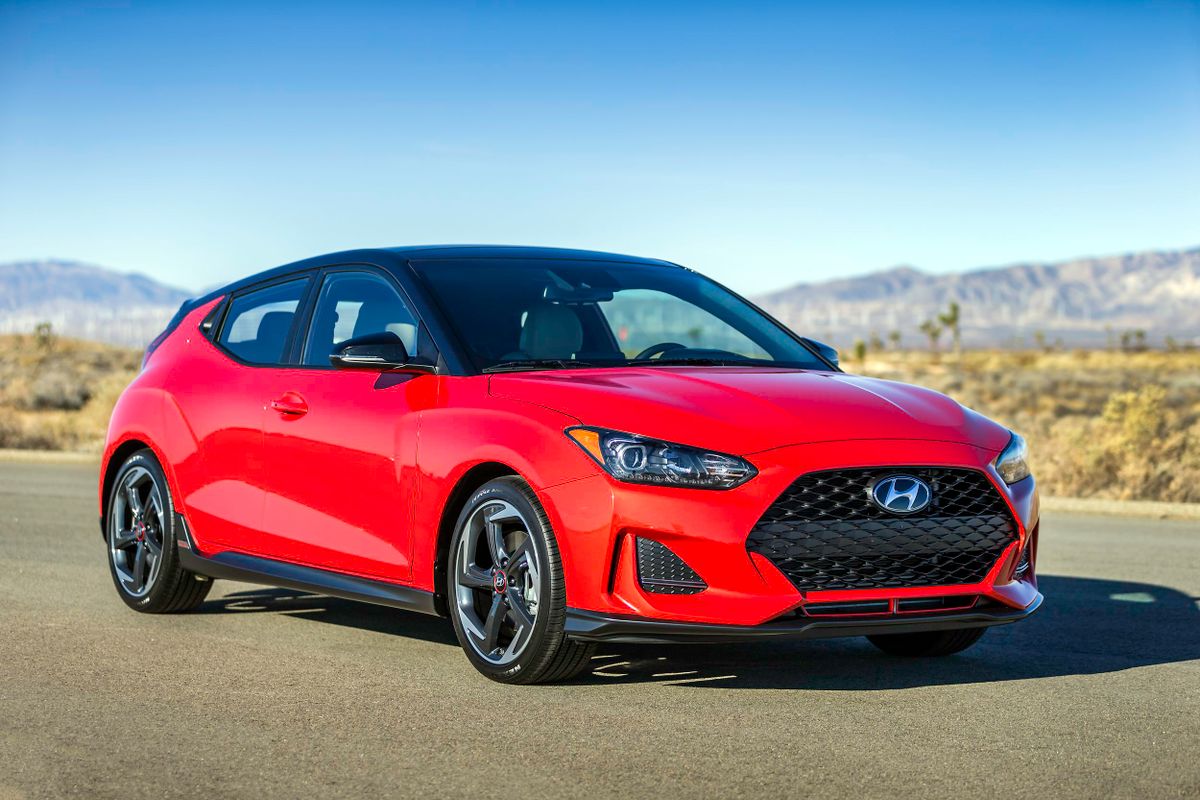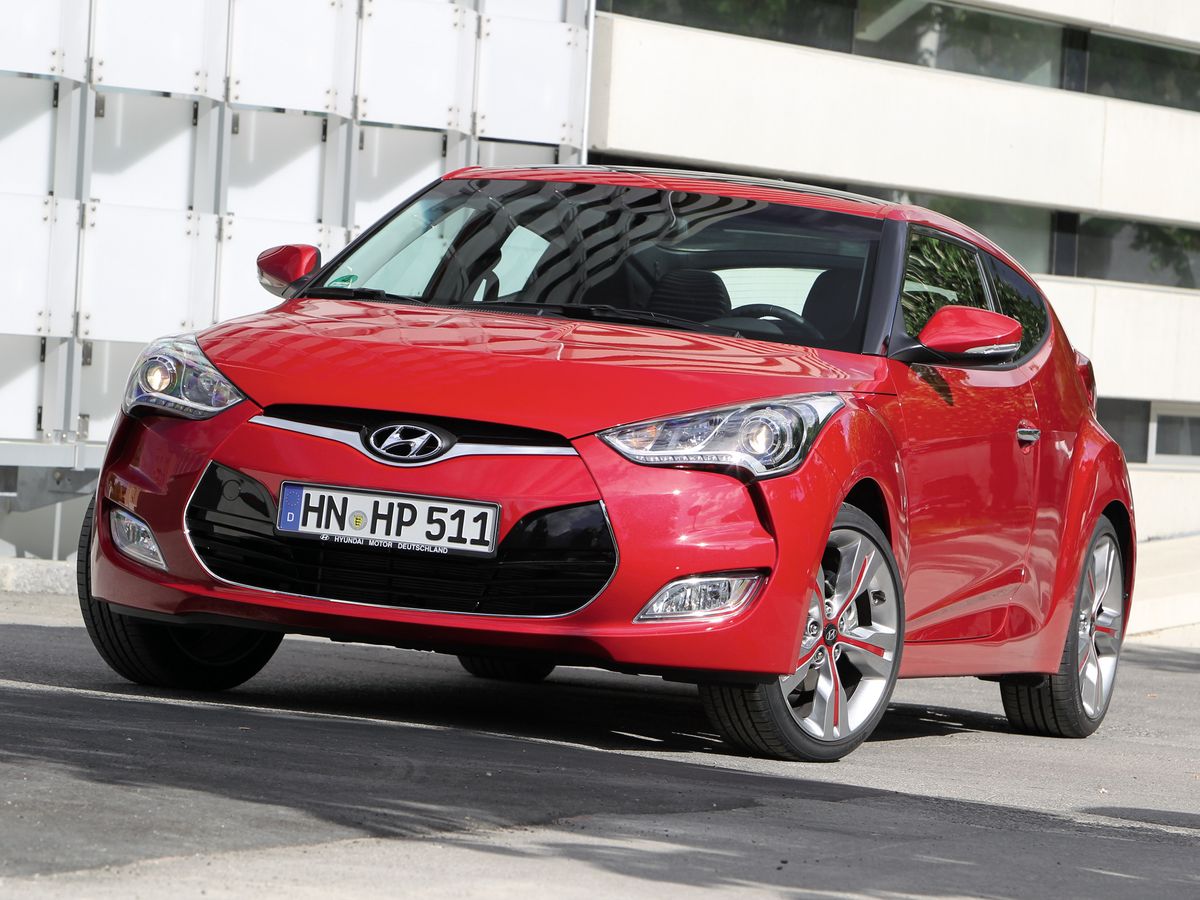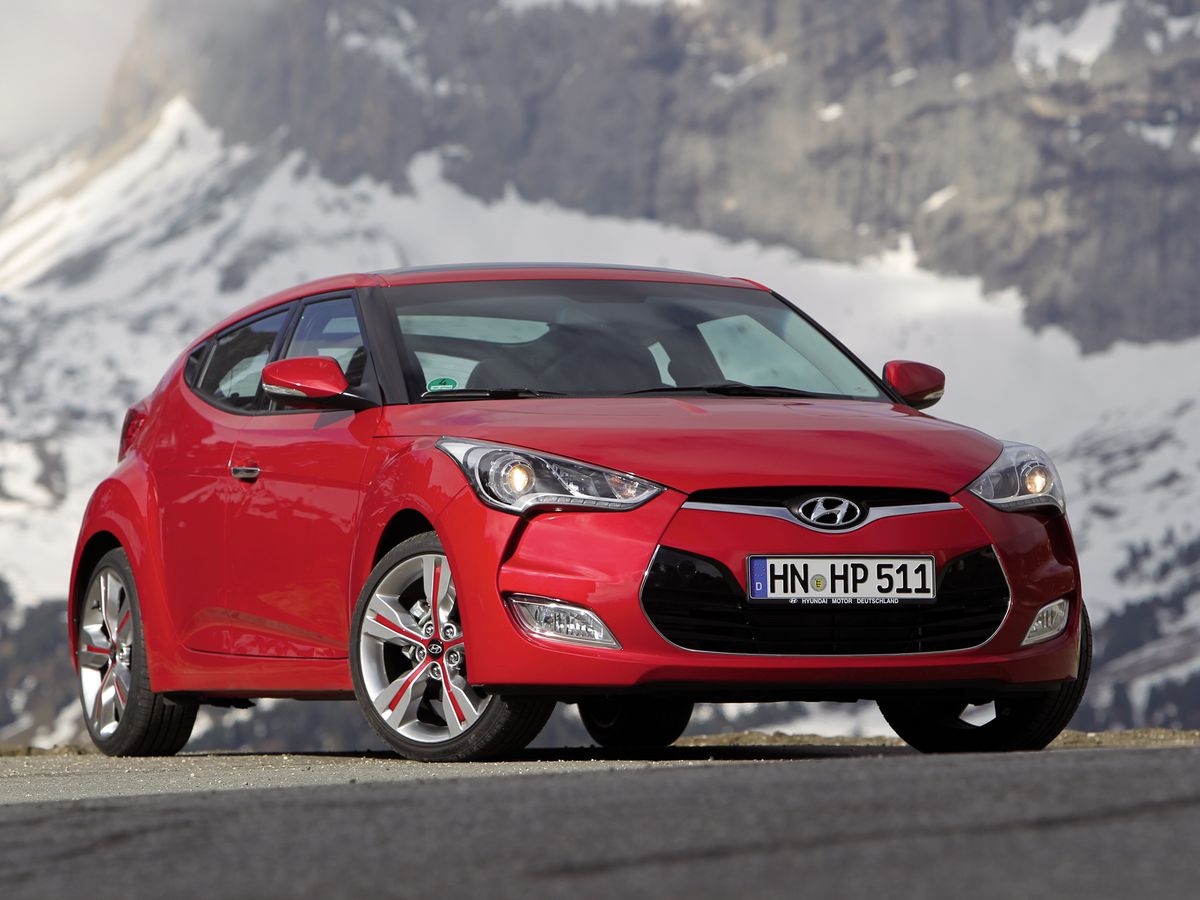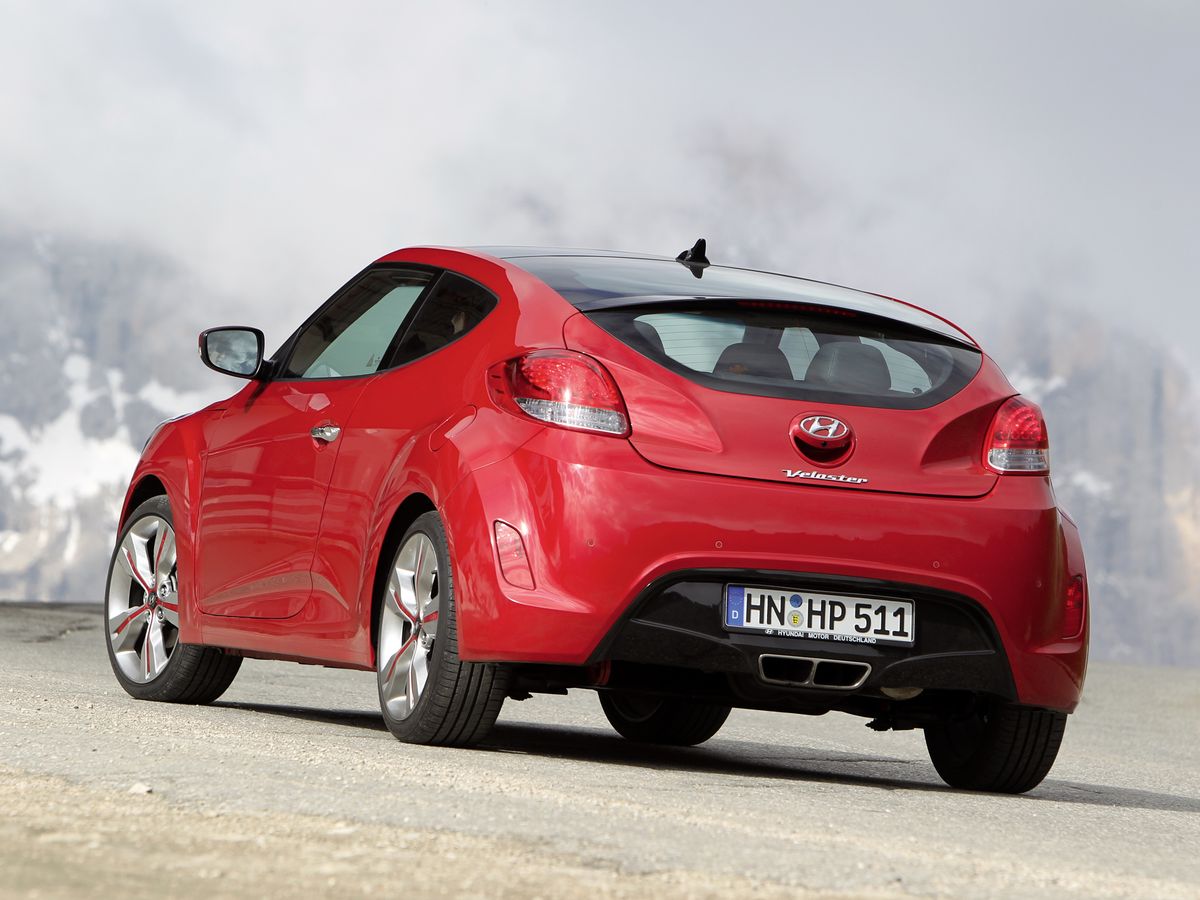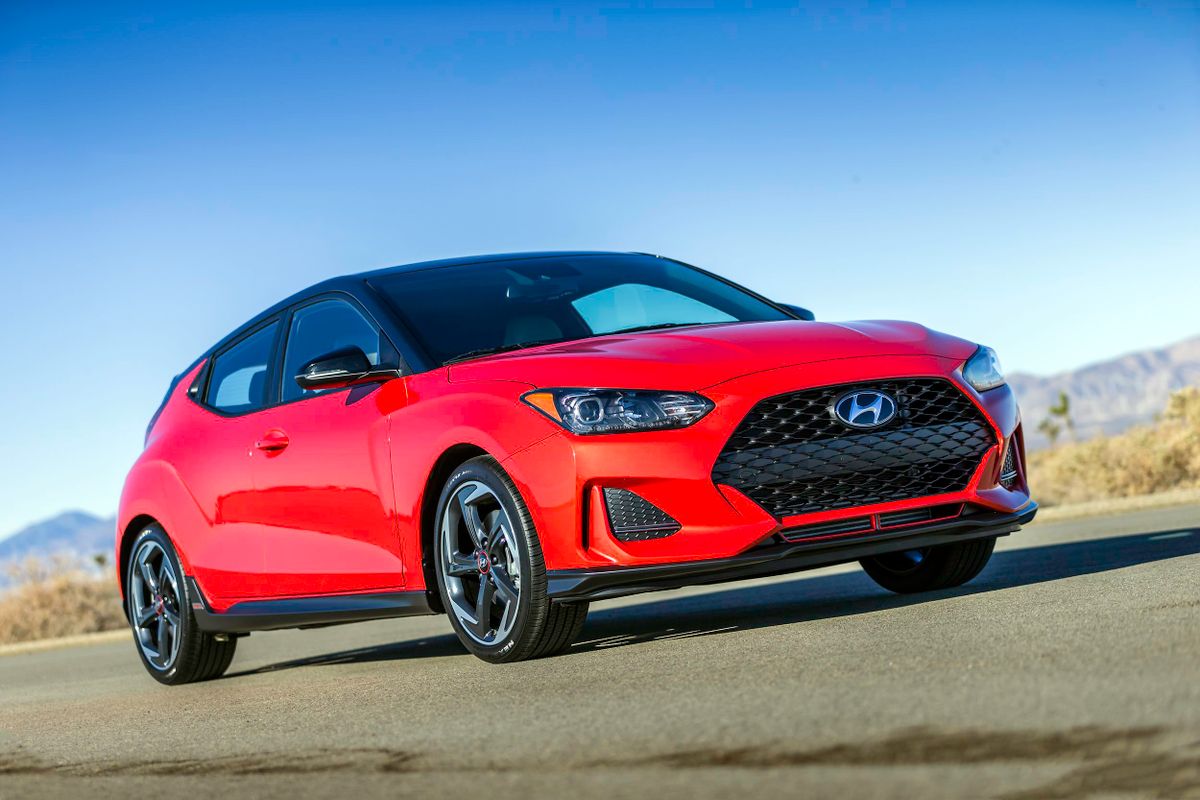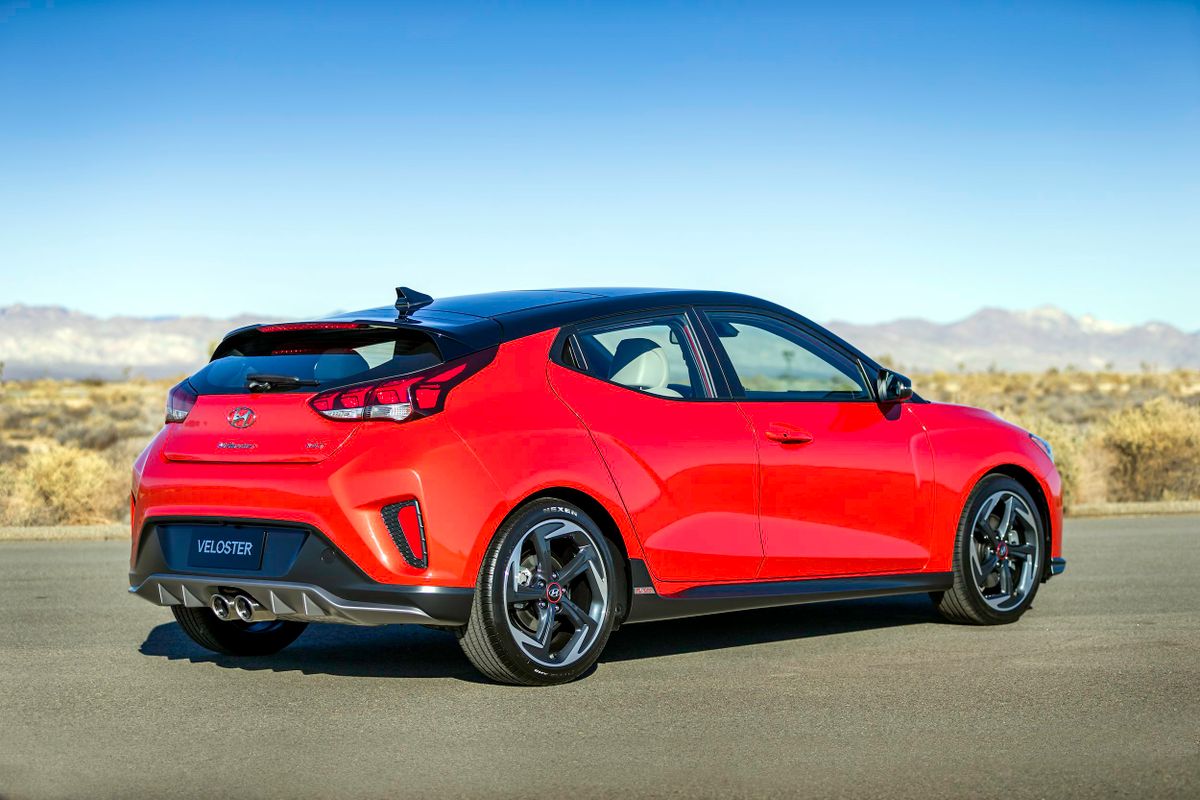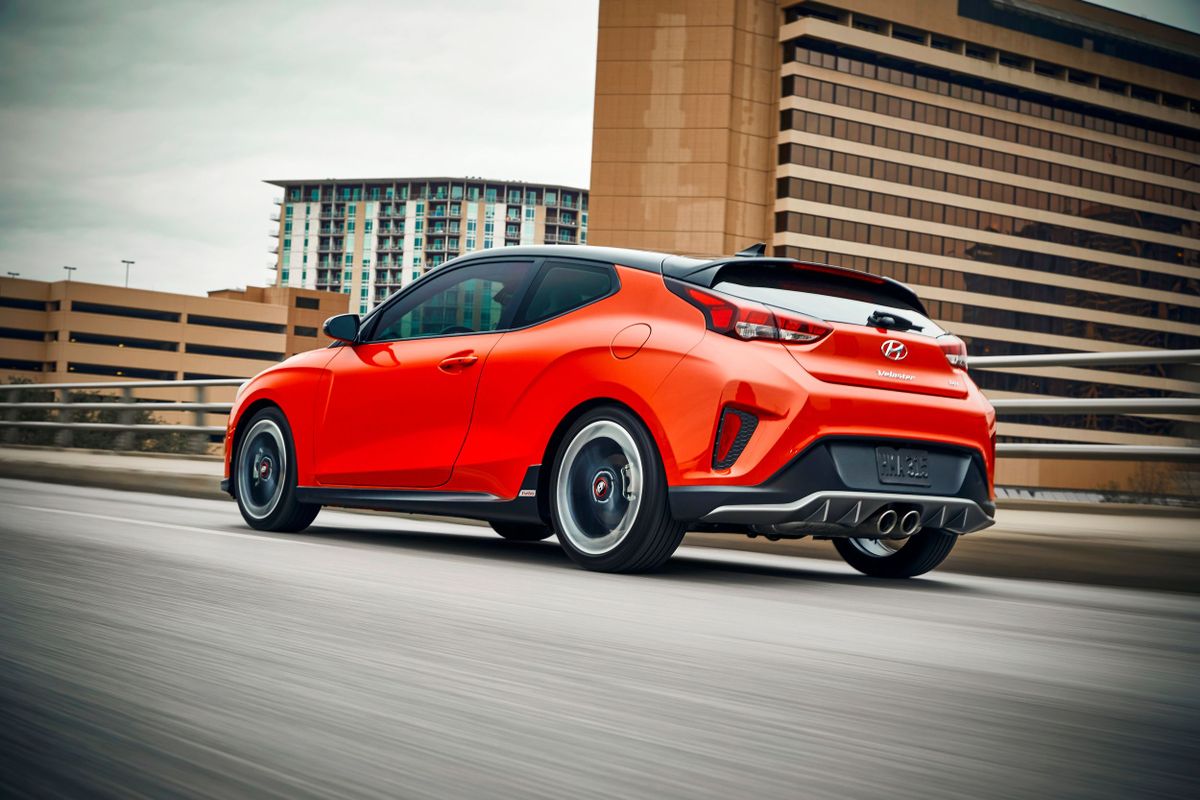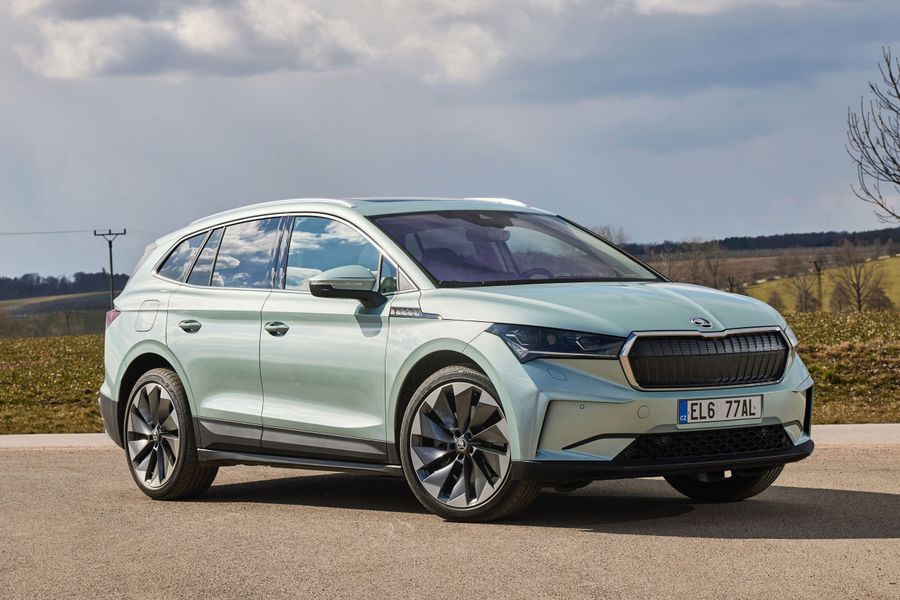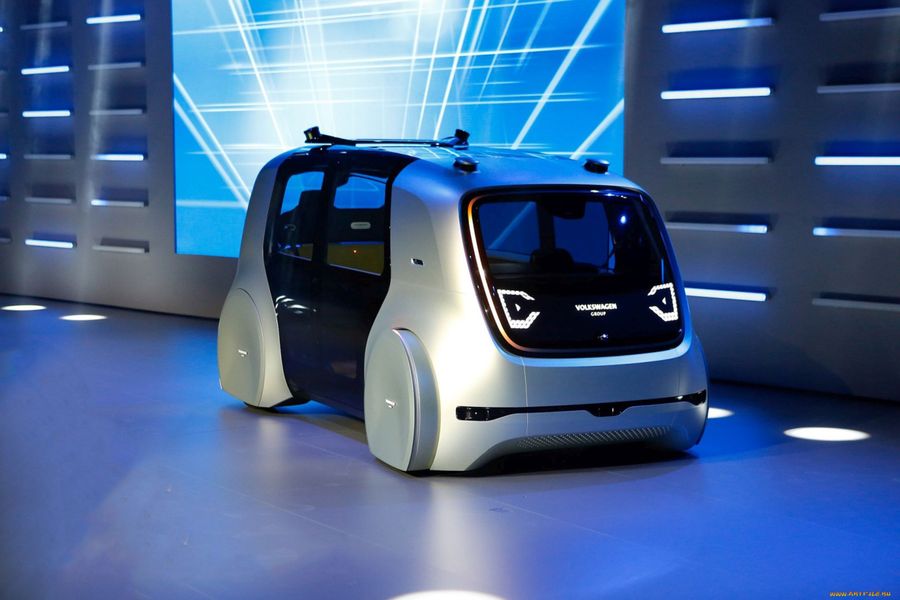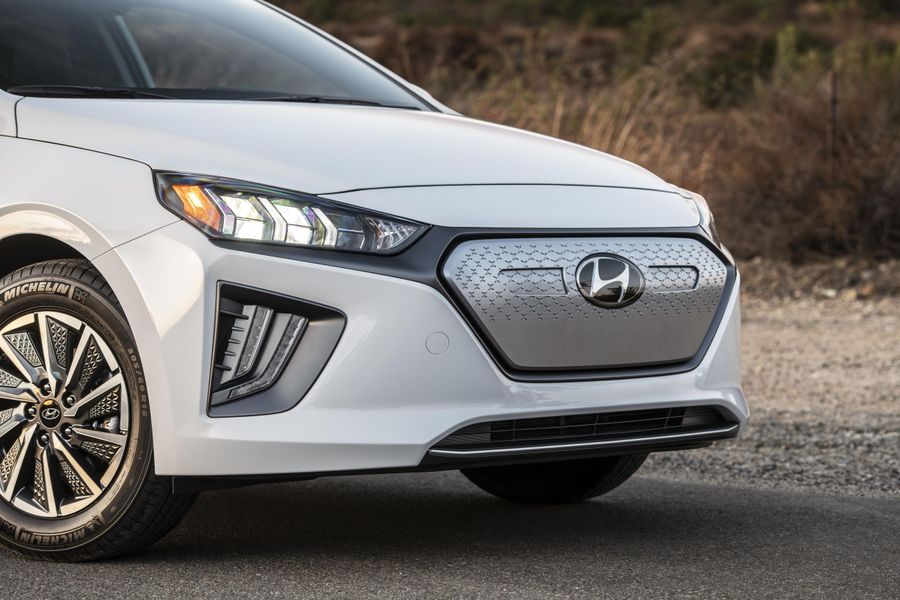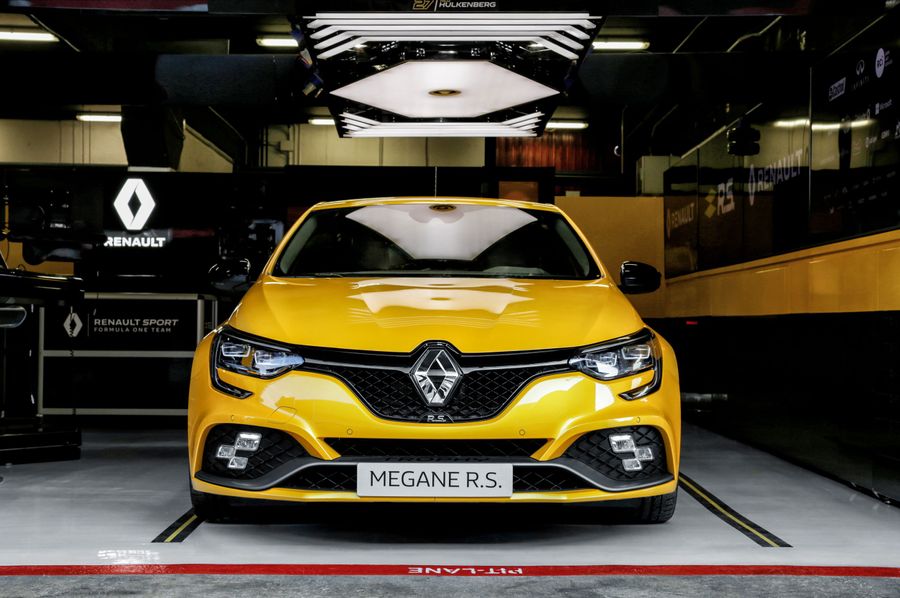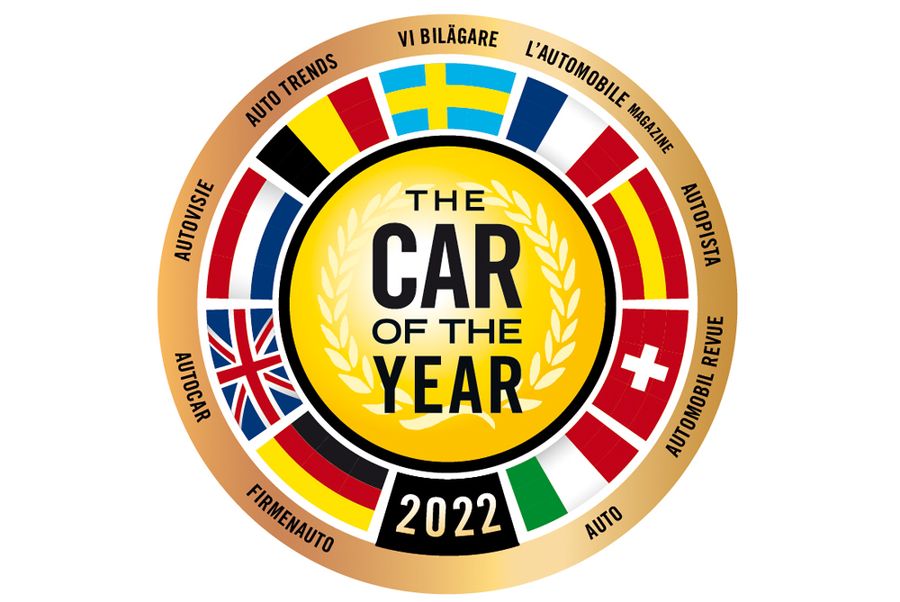
Hyundai Veloster. Little rebel
The Hyundai Veloster is a compact 4-door hatchback with an asymmetric body featuring one door on the left and two doors on the right. It has replaced the famous Hyundai Tiburon. The word ‘Tiburon’ in Spanish means ‘shark’. And it’s much brighter than the Hyundai Coupe, but it’s the same car. The hero of the Need for Speed game, the Tiburon was popular in real life as well, especially among young people. Once the ‘Shark’ left the biosphere, the rebel, the 4-door Veloster hatchback, came to replace the predator. It was unveiled at the 2011 North American International Auto Show in Detroit. In 2012, a charged version of the unusual model was released.
The Hyundai Veloster has won different and sometimes curious titles. In addition to nominations for ‘Car of the Year’ in Europe and the United States, the car was highly praised by Playboy. An unusual hatchback appeared in the game for smartphones. In 2014, American experts from the Vincentric analytical agency compiled a list of the most profitable cars, where Veloster won. And this is despite the fact that in November 2012, Hyundai compensated the owners of Veloster for underreporting fuel consumption readings. But, perhaps, the funniest Veloster is the ‘Zombie Survival Machine’, designed for protection in the event of a zombie apocalypse. The anti-zombie car was presented at the famous Comic-Con exhibition in San Diego.
The first generation
It was produced from 2011 to 2018. The unusual Veloster has one door from the driver’s side, two doors from the passenger side and one disguised tailgate with the handle being hidden in the rear standing pillar. The car was 4,220 mm long, 1,790 mm wide and 1,415 mm high. The Turbo version was slightly larger due to body kits: 4,250 mm x 1,805 mm x 1,415 mm.
The first Veloster was equipped with four versions of the 1.6-liter Gamma gasoline engine. The first produced 131 hp and accelerated the car to 100 km/h in 9.7 seconds (with the manual transmission) or in 10.3 seconds (with the DSG). The second direct injection GDI engine developed 140 hp and was a little faster and more fuel-efficient. The most powerful Gamma turbocharged gasoline direct injection (GDi) engine could generate 186 or 204 hp. There were three 6-speed gearboxes, including an automatic one.
The entry-level Hyundai Veloster was equipped with six airbags, heated front seats, dual-zone climate control, Electronic Stability Program and a CD player. The most expensive trim level offered leather upholstery, a panoramic roof, power driver seat adjustment, a rear-view camera and a BlueLink multimedia system.
In early March 2015, Hyundai restyled the Veloster. The exterior changes were not very significant. The car acquired the redesigned hood, radiator grille and wheels. The Turbo modification started featuring a 1.6-liter turbocharged engine with 186 hp, which was paired with a new 7-speed semi-automatic transmission. This hatchback accelerated to 100 km/h in 8.5 seconds. The equipment of all versions became more superb.
The second generation
On January 16, 2018, Hyundai unveiled the second generation hatchback at the Detroit Auto Show. This particular model is still being produced (as of 2021). The new Hyundai Veloster has the Turbo and N versions. The car is 4,240 mm long, 1,800 mm wide and 1,400 mm high. The hatchback has become slightly wider and lower, while the wheel track has become wider.
Modifications
- The Hyundai Veloster 1.6 comes with a 1.6-liter Gamma T-GDI engine with 204 hp (turbine, direct fuel injection). This engine is coupled with a 6-speed manual transmission. Plus, you can also purchase a 7-speed dual-clutch EcoShift® DCT. The list of equipment includes a multimedia system with an 8-inch screen and navigation, compatible with Apple CarPlay and Android Auto, Infinity® premium sound system with a subwoofer and 8 speakers, forward collision warning system with autonomous emergency braking and pedestrian recognition, reverse parking-assist system, blind spot monitoring system, Heads-up Display, wireless phone charger, panoramic roof, etc.
- The Hyundai Veloster 2.0 is equipped with a 2.0-liter inline gasoline Nu MPi engine with 147 hp, coupled with a 6-speed manual or automatic transmission. The list of equipment includes a multimedia system with a 7-inch screen, compatible with Apple CarPlay and Android Auto, forward collision warning system, rear-view mirror with blind spot monitoring, etc. There are two more engines of the same volume, but more powerful: 250 hp and 275 hp engines, working in tandem with a 6-speed manual transmission. All the models are front-wheel drive.
A semi-automatic transmission deserves special mention. It has a launch control function and a sporty driving mode N Power Shift, which automatically turns on when the gas pedal is pressed all the way, the gearbox holds the gear for as long as possible, without switching to the next for the sake of intense acceleration. There is even more ‘evil’ N Grin Shift mode, which is activated by a button on the steering wheel. As a result, the engine pull-down increases by 20 seconds. Instead of the standard 353 Nm, it develops 378 Nm, and the gearbox switches to the most aggressive operating mode. Note that a car with the semi-automatic transmission is faster than that with the manual transmission, as the Hyundai Veloster N with the semi-automatic transmission accelerates to 100 km/h in 5.6 seconds.

